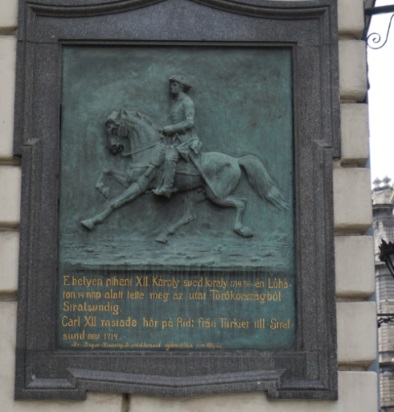Topic: Factoids
In Börje Magnusson's Svenska teckningar 1600-talet (1980), page 104, it's stated that the artillery officer Paul Bethun while in Russian captivity in 1714 made a drawing of Saint Petersburg. This is incorrect. Bethun served in Elbing and was captured when the town was taken by the Russians in 1710. In an account dated Ystad 13 December 1711 Bethun describes his experience in Russia:
On 3 April 1711 the Swedish prisoners (476 men) were ordered to march through Marienwerder, Strasburg, Pultusk and Grodno to Riga, where they were kept outside the town for three weeks. On 4 July the prisoners were ordered to march eastwards and eventually ended up at Velikiye Luki. On 25 August the Swedes were ordered to continue and on 12 September they reached Narva, the 15th Jama and on the 16th Koporie. There the prisoners were met by Menshikov and the group was divided. The officers were sent to Ivangorod and the common soldiers to Saint Petersburg where they were put to work. Many of them, Bethun says, died from hunger and fatigue.
On 8 December Bethun left Ivangorod and marched through Dorpat to Riga. There were no wagons for the officers, he writes, and those who were sick had to be drawn on sleds by their comrades. They were also badly treated by the guards. It was obvious, Bethun claims, that the plan was to kill all the prisoners. On 2 December they marched to Dünamünde and on the following day boarded ships which carried them to Ystad.
So did Bethun actually visit Saint Petersburg? He doesn't say, but if he did it was certainly not in 1714.
Source: Riksarkivet, Ericsbergsarkivet, Autografsamlingen, vol. 17


